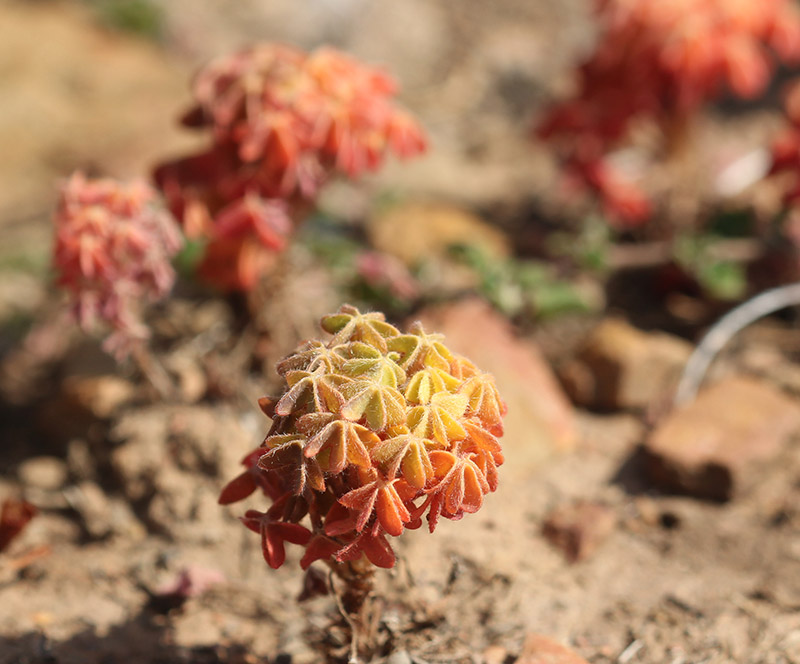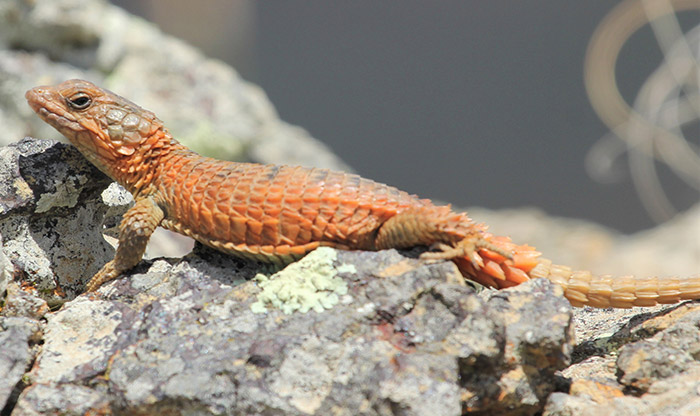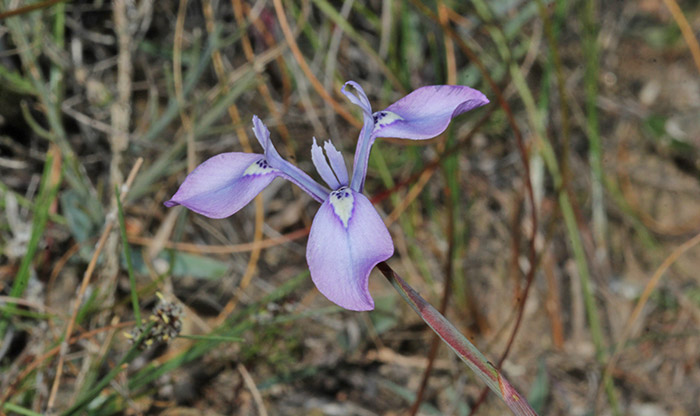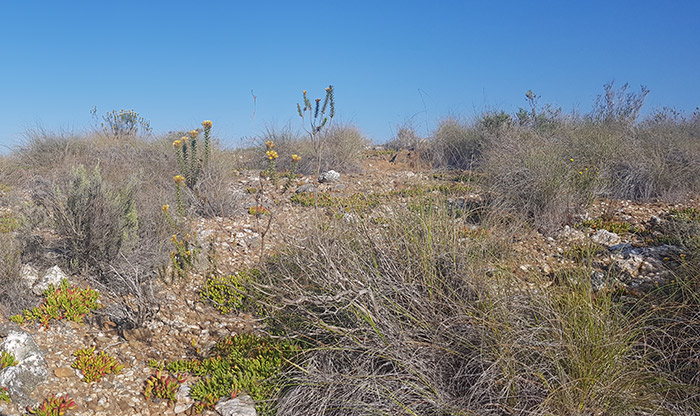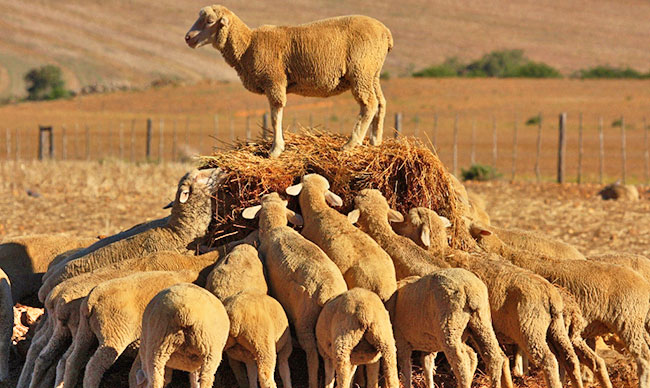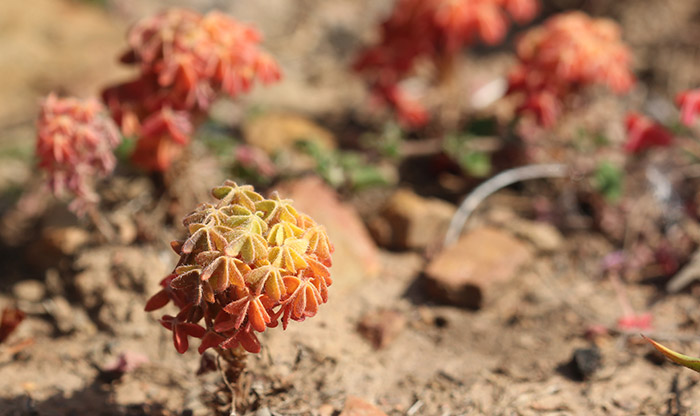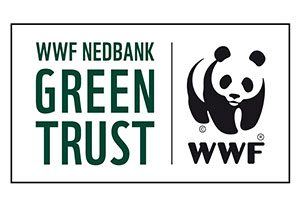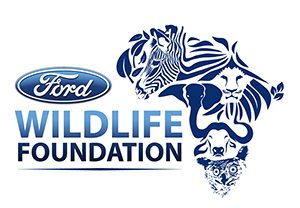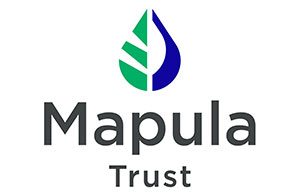This year we celebrate the launch of the UN Decade of Restoration. The main aim of this call to action is to prevent, halt and reverse the degradation of ecosystems around the world. As one of the world’s most biodiverse and yet threatened ecosystems, the Renosterveld of the Overberg deserves our focus around this.
South Africa is internationally mandated to conserve Critically Endangered ecosystems such as Overberg Renosterveld, that have suffered extensive habitat loss and have relatively little still surviving.
It is often said that ecological restoration is needed in areas where so much of a threatened vegetation type has been lost that national and international goals for conserving a certain percentage of a vegetation type are otherwise impossible to meet.
However, ecological restoration is challenging to undertake in Renosterveld vegetation, where small surviving patches of vegetation are now surrounded by high value productive agricultural lands.
Furthermore, once Renosterveld has been ploughed multiple times, changes in soil structure and loss of its original range of habitat niches mean that its former levels of habitat biodiversity have been lost forever.
Above: Moraea debilis
However, we can restore Renosterveld through management interventions that improve the habitat condition and conservation value of what vegetation still remains.
The Overberg Renosterveld Conservation Trust (ORCT) is doing just this through an innovative project funded by WWF South Africa.
This work builds on two different projects that have been previously undertaken by the ORCT, namely the WWF Nedbank Green Trust Watercourse Restoration and the Table Mountain Fund Conservation Easement Project.
A conservation easement is a conservation servitude which encompasses a whole property to ensure conservation in perpetuity of Renosterveld vegetation there. This agreement is written into the title deeds of the farm and runs with the land from one landowner to the next one.
Landowners on a property with a signed conservation easement can access additional support for conservation of the Renosterveld over which they are custodians. Support available can include assistance with fire management, control burns and post fire monitoring, alien clearing and regular monitoring of flora and faunal biodiversity.
This project, primarily funded by WWF South Africa has provided additional support in signing up additional Renosterveld under conservation easements and thus growing the percentage of Overberg Renosterveld that can be conserved in perpetuity.
Furthermore, it has provided additional funding for ongoing management needs of existing conservation easement sites. This ensures that landowners who have joined the programme continue to engage with conservation action and restoration activities on their land.
Those considering signing conservation easements have also been encouraged to join the programme by following in the footsteps of conservation success of those who have already done so.
Through this work being undertaken in Overberg Renosterveld, vital habitat is secured for conservation alongside implementation of key management interventions within the Overberg Wheatbelt Important Bird Area.
This helps to conserve and improve habitat for threatened birds such as the Black Harrier, Secretarybird and Southern Black Korhaan, as well as the many other endemic species found here, such as Cape Spurfowl, Greywinged Francolin, Agulhas Longbilled Lark, Agulhas Clapper Lark and others.
One of the key restoration interventions of the project has been to significantly reduce the footprint of and impact on Overberg Renosterveld of invasive alien Acacias such as Port Jackson (Acacia saligna). This has been achieved through mapping priority infestation sites and then implementing alien clearing work.
One of the main threats facing Overberg Renosterveld vegetation is overgrazing by domestic livestock. Overgrazing causes long term decreases in species richness and diversity in these ecosystems, and optimal grazing management is key to avoid further degradation of Renosterveld vegetation that may be irreversible.
One of the main solutions to this project has been through supporting passive restoration of overgrazed veld and reducing the likelihood of overgrazing taking place by providing financial support to farmers to put up fencing at key conservation easement sites to facilitate best practice livestock grazing management.
In some cases, such interventions are combined with implementing an ecological burn, which also restores old, degraded vegetation to its former glory, if undertaken correctly and protected from livestock post-burning.
Over the last three years, through the support of WWF South Africa we have been able to significantly expand the conservation footprint in Renosterveld in the Overberg, conserving more hectares of Renosterveld in perpetuity. We have also been able to support willing and passionate landowners in their efforts to conserve and manage their veld in reaching their conservation goals.
We would like to acknowledge the WWF-SA Table Mountain Fund and WWF South Africa for supporting the ORCT’s conservation easement project as well as the amazing farmers we are lucky enough to work with to conserve their Renosterveld. Please consider supporting the vital work of the Overberg Renosterveld Conservation Trust to help us manage and conserve more Renosterveld in perpetuity.

